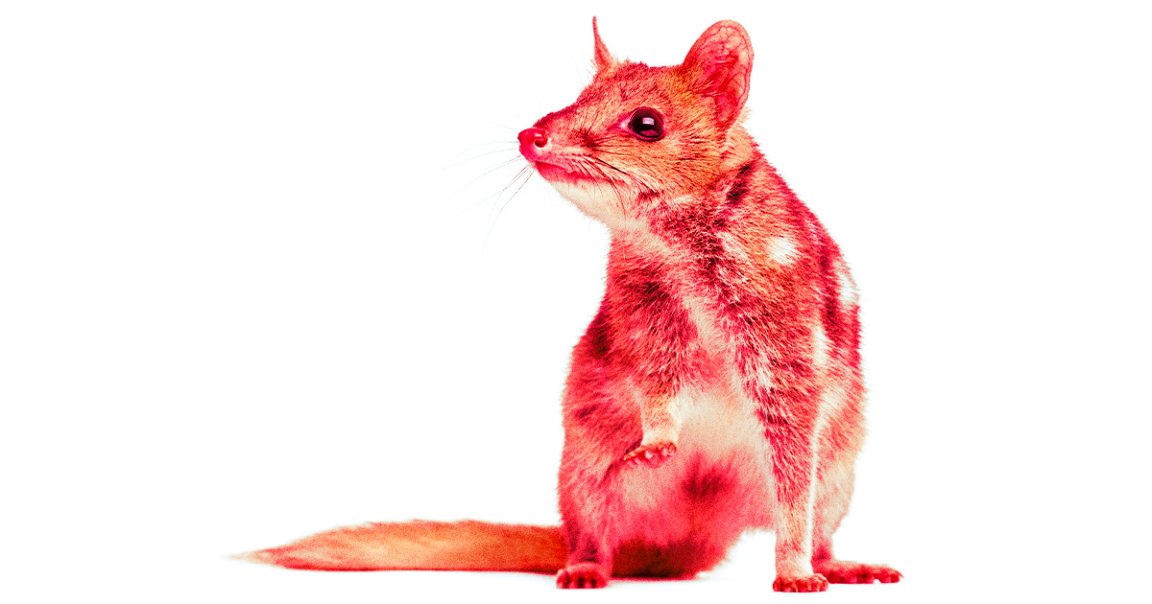
The Land Down Under
There is absolutely no player more committed to the game than the male northern quoll.
According to a new study published in the journal Royal Society Open Science, these adorable Australian marsupials, roughly about the size of a tiny kitten, are ferocious little sex fiends, forgoing sleep and walking many miles each day for the sake of gettin’ down in the land down under.
Understandable enough, but scientists are actually pretty alarmed — not just because this sleepless sex quest makes the quolls look sleazy as heck, but also because it may ultimately be contributing to the species’ endangered status.
Dyin’ Tryin’
To discover exactly how horny these lil’ guys are, the researchers outfitted several male and female quolls, all located on an island off of Australia’s Northern coast called Groote Eylandt, with tiny, location-tracking backpacks. They used a machine learning algorithm to analyze 76 hours of that data, then used it to model what the average 48 hours in quoll life might look like.
The differences between male and female quoll behavior were striking. The female quolls, which usually live through four mating seasons, take roughly a quarter of their time to rest. The males, on the other hand, which usually only live through one mating season, rest for a comparatively measly 8 percent of their lives. The rest of their time is spent trolling for sex, on average walking over six miles a day.
For perspective, that would be like a human sleeping less than two hours a night, only to wake up and walk 24 miles. Everyday. Unsurprisingly, this lifestyle renders the quolls incredibly vulnerable.
“They become easy prey, are unable to avoid vehicle collisions, or simply die from exhaustion,” study lead Joshua Gaschk told NBC.
And even if the sleep-deprived, travel-weary males do locate a potential mate, the female quolls, per the study, will often turn the males down due to their lifestyle-induced haggardness.
“‘Live fast, die young’ is certainly the way of things for these species. However, that maxim typically ends, ‘ … and leave a good-looking corpse,'” said Jack Ashby, assistant director of the University Museum of Zoology in Cambridge, England, told NBC.
“This is definitely not what happens here,” he added.
Importantly, the scientists do stress that habitat destruction and invasive species — both of which contribute to the critters’ need to travel — are mostly to blame for the marsupials’ endangered status. Their commitment to their cause just doesn’t help.
READ MORE: ‘Live fast, die young’: An endangered marsupial may be mating itself to death [NBC]
More on the creatures in this specific region of Australia: Authorities Euthanize World’s Largest Toad